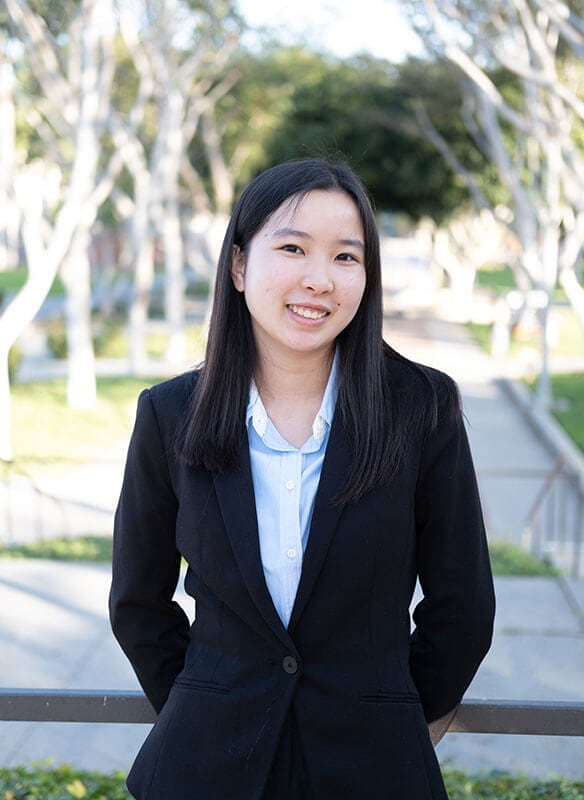
A Sneak Peek into Lunar New Year

Coming from a family of Chinese immigrants, Lunar New Year has always been one of the most prominent holidays my family celebrated. As a child, all I really knew about the holiday was that I would meet up with relatives, eat good food, and receive a bunch of red envelopes—a very shallow interpretation I must admit.
As I grew older, I learned there is so much more to the holiday that illustrates how sophisticated the Chinese culture is. It also heightened my appreciation for my heritage and sparked my desire to visit China to see firsthand how they celebrate.
And now I want to share my learnings about the different aspects to celebrating this holiday:
The History
There are many different stories about how this holiday came to be. The version I know centers around the monster "Nian", which translates to “year” in Chinese. Allegedly, Nian was a beast that came down to eat humans with the coming of each new year. To scare it away, citizens would use what it feared most: the color red and loud noises. This is why many Chinese communities would set off firecrackers for Lunar New Year and why you would often see the color red all over the place.
The Food
Many families would eat "auspicious" foods for the holidays that often has a phrase and play-on word tied to it. For instance, 年年有餘 (nian nian you yu) is a Chinese saying that basically means to have abundance and surplus each year. Fish is often served on Lunar New Year because the work 餘 sounds the same as the word 魚, which means fish. Interestingly enough, this is one of the dishes my family would have on the table, but not eat until a later day because finishing it is a sign of eating away your surplus too soon and is thus seen as unlucky.
Some other common foods include:
- Dumplings because it is shaped like a coin bag
- Noodles symbolizing longevity and thus should not be cut
- Nian gao representing prosperity as a play-on word to "tall" so reaching new heights each year
The Celebrations
Lunar New Year is traditionally a 15-day festival where many Chinese people would get an entire week off work to celebrate. There are many different traditions people may partake in.
One of the most renowned is red envelopes. During this holiday, many adults would give red envelopes with money inside to children or as long as an individual is unmarried. It symbolizes a blessing for safety and peace.
When meeting others during this celebration, it is polite to greet others with various auspicious sayings. In fact, most people would greet with more than one phrase which is why it is important to know multiple which may include:
- 新年快樂 (xin nian kuai le) - happy new year
- 恭喜發財 (gong xi fa cai) - may you be blessed with prosperity
- 身體健康 (shen ti jian kang) - may you be blessed with health
- 年年有餘 (nian nian you yu) - may you be blessed with abundance each year
This is merely a fragment of the traditions associated with the holiday and how my family has celebration Lunar New Year. Traditions vary depending on what region of China or even Asia individuals are from. In 2024, Lunar New Year starts Saturday, February 10th. Explore the traditions and celebrations local to you this year and learn more about this international holiday.
Do you have a compelling story or student success tips you’d like to see published on the Pearson Students blog? If you are a college student and interested in writing for us – click here to pitch your idea and get started!



